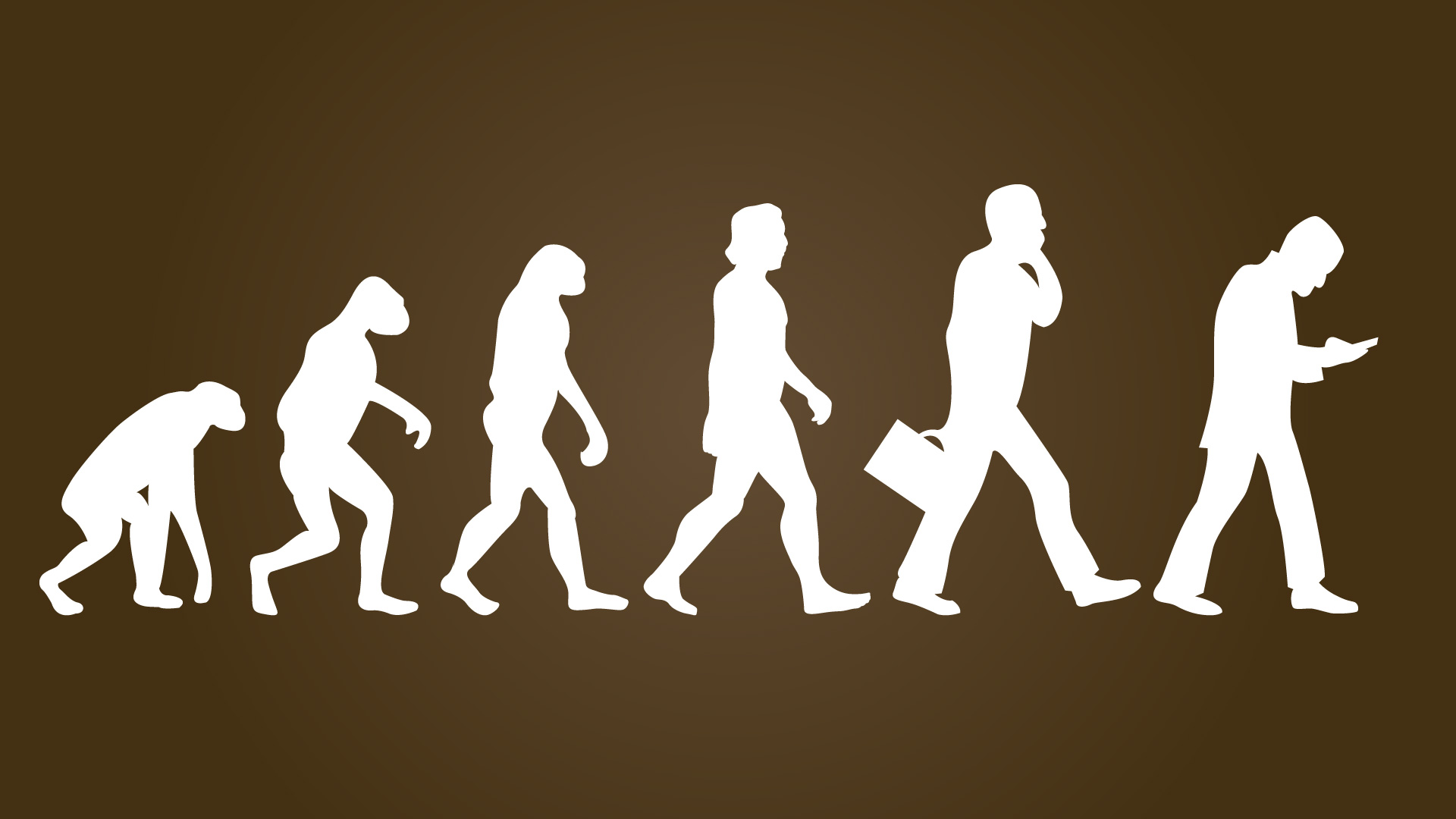The next generation of marketing automation is emerging, and it’s more focused on machine-informed journeys than rule-based campaigns.
In the beginning, marketing automation platforms grew other channels and tools around their core of email marketing. The basic mode involved if/then rules: if a customer takes this action, show this response.
But overlapping campaigns with if/then rules become very complicated very quickly, especially when you’re talking about millions of customers, each one in a different frame of mind, and each expecting his/her own personalized experience.
As a result, marketing platforms are evolving from their traditional if/then campaigns to the newer approach of customer journeys that are often guided by machine learning.
It’s the difference between setting up all the rules for the encounter on the one hand, B2B marketing startup YesPath CEO Jason Garoutte told me, and employing something like Netflix’s recommendation engine, on the other.
“Netflix doesn’t write rules about what [movie] you should watch next,” he pointed out. Instead, it makes inferences from what other people — who have a profile similar to yours and who chose similar films — also enjoy.
Of course, there are a variety of visions about this newest incarnation of marketing platforms. But there’s general agreement that:
- it’s the next generation;
- it often employs machine intelligence, such as machine learning, to learn from prior examples and thus move beyond marketer-defined rules;
- it’s built from the ground up to handle both traditional structured data (e.g., email mailing lists) and unstructured data (e.g., social data);
- and it emphasizes the customer journey, especially which stage of the decision-making process the customer is in, instead of focusing on moving a prospect from one campaign to another. In other words, it’s less focused on individual trigger actions (like clicking on a link in an email) and more on the customer’s state (like what the customer needs at this point to come to a buying decision).
With traditional marketing automation platforms like Marketo or HubSpot, Garoutte said, the marketer sets rules to the effect of: “if this person comes to the website three times, invite them to a webinar.” Then, if they attend the webinar, email this brochure. And so on.
Hello, JOE
By contrast, he said, the new generation of marketing platform allows marketers to set a goal with a machine learning-based system, like optimizing for engagement. The platform looks at what kind of engagement tactics worked to turn similar website visitors into customers, and then recommends or undertakes those actions.
If the platform is rules-based, he noted, there are too many possible paths for marketing to handle and still adequately provide a personalized experience. Customizing each customer journey, he pointed out, is “an edge.”
Marketing research firm Raab Associates’ David Raab describes this as a Journey Orchestration Engine, which has the easy-to-remember acronym of JOE.
Today’s many sources of customer data, he told me, “can give you a personal journey,” but it becomes an “adaptive journey” if it is guided by self-learning machine intelligence. I suggested a comparison between a missile that has been programmed by a large set of rules to reach its target and one that essentially guides itself once the target is named.
“You need a smart machine,” he said, agreeing to the missile metaphor, to determine “the best way to reach the target.”
The reason: there’s too much data, too many customers, too many possible paths, and too little time for marketers to set up rules for personalized, segment-of-one marketing. The idea of a digital campaign, left over from the days of broadcast media, is supplanted by the idea of a personalized journey that changes when the targeted person changes from unknown to known prospect, to interested person, to new or returning customer, all individualized by a detailed profile.
It’s an evolution, he said, from marketing automation to adaptive marketing, pointing to such startups as Usermind, Pointillist, YesPath and Thunderhead.
“More about marketers”
This approach, Raab said, is “more about marketers than consumers,” since marketers can’t possibly keep setting up all the rules for all personalized journeys.
This next generation of marketing is so compelling that many traditional marketing automation platforms, like Marketo and Salesforce, have climbed aboard.
Marketo’s Chief Scientist Shankar Venkataraman, for instance, told me that his company’s new Orion platform is “an event-based platform, oriented toward [customer] journeys.”
A journey is a series of events, he pointed out, and Orion — which is built specifically to accommodate a flood of all kinds of customer data — is part of Marketo’s movement from a campaign orientation to an event orientation, targeting “a segment of 1.”
Similarly, Salesforce VP of Product Leslie Fine noted her company’s growing use of machine learning and the centrality of its Journey Builder. But, she told me, Salesforce is designed to handle both visions: the rules/campaign approach and the machine-informed customer journey.
Although Raab and Garoutte made the case to me that Salesforce was in the old camp, Fine said her company is capable of handling “both sides.”
“You have to do both,” she said. Some marketers still prefer rules-based campaigns, while the data deluge and the emerging Internet of Things world mean that human marketers cannot physically personalize every journey themselves.
There are “a lot of people for whom traditional marketing automation is good enough,” Garoutte said.
Marketing Land – Internet Marketing News, Strategies & Tips
(65)

